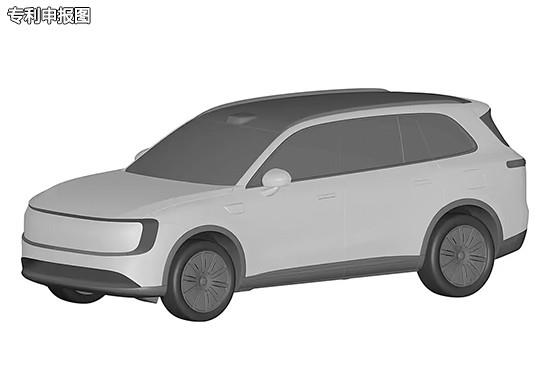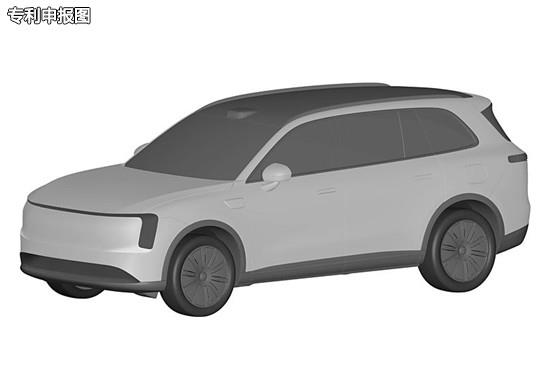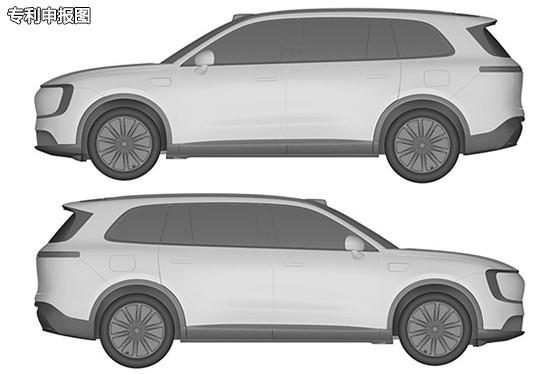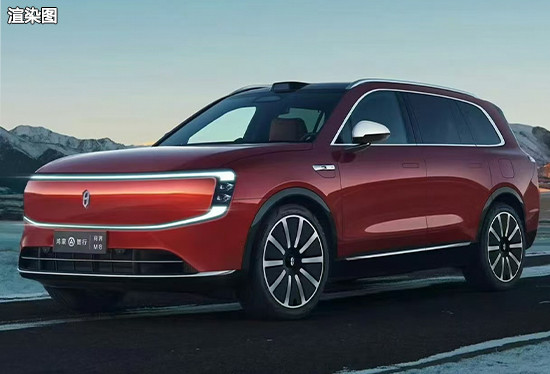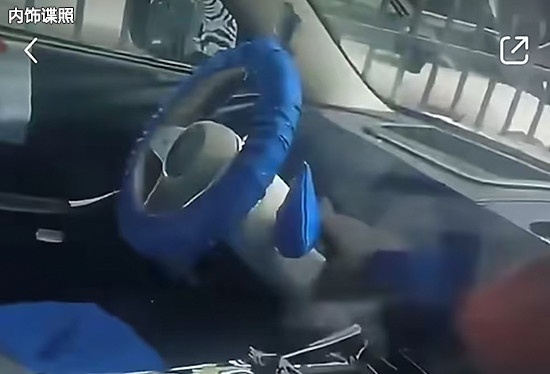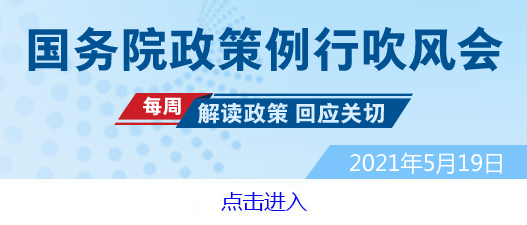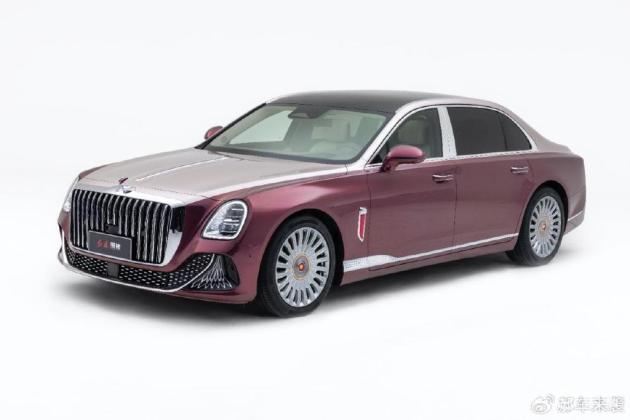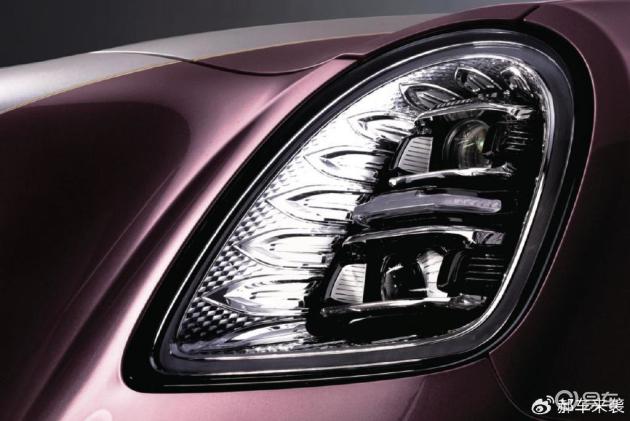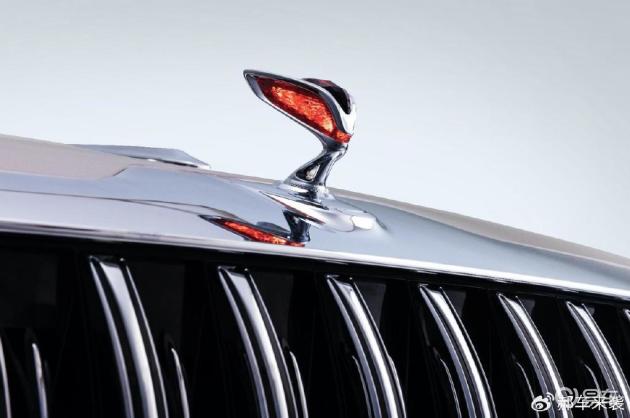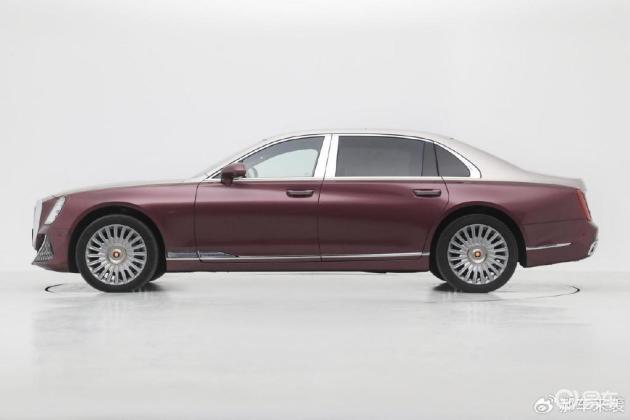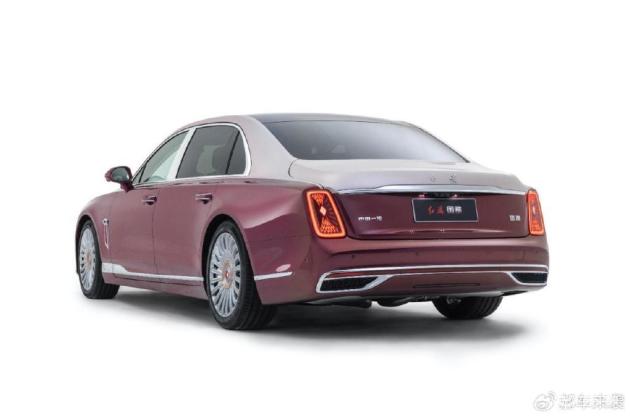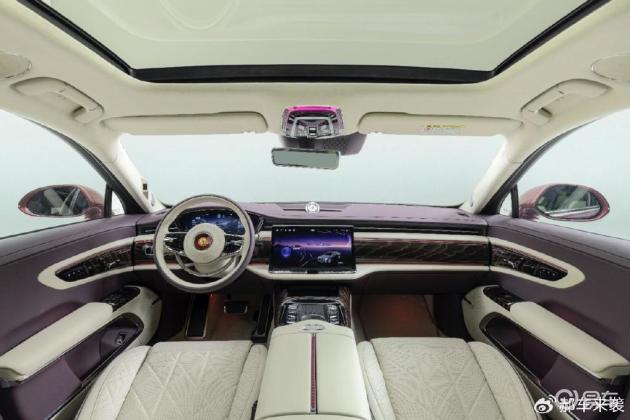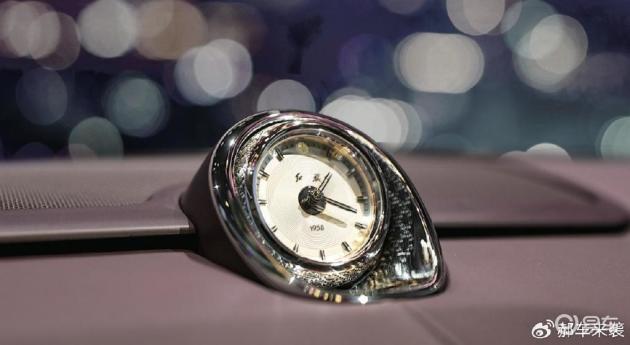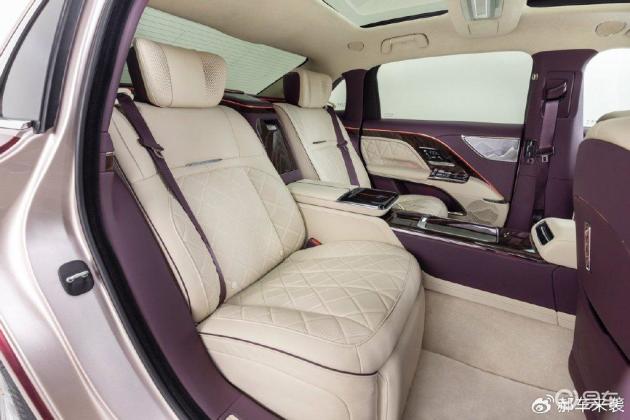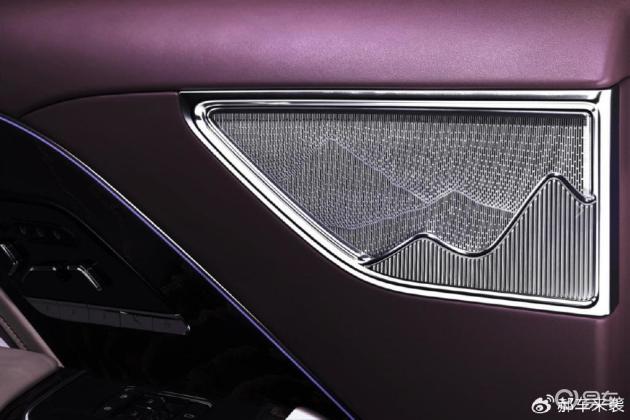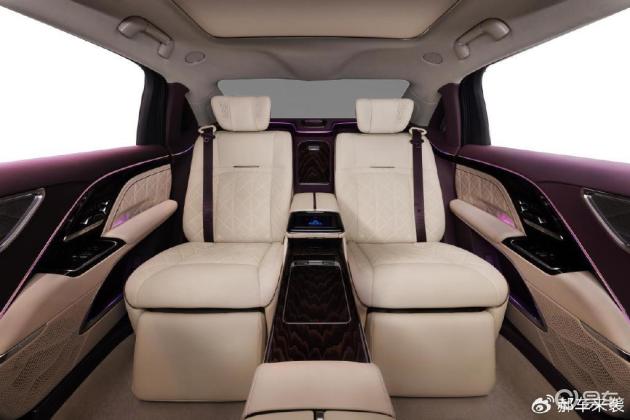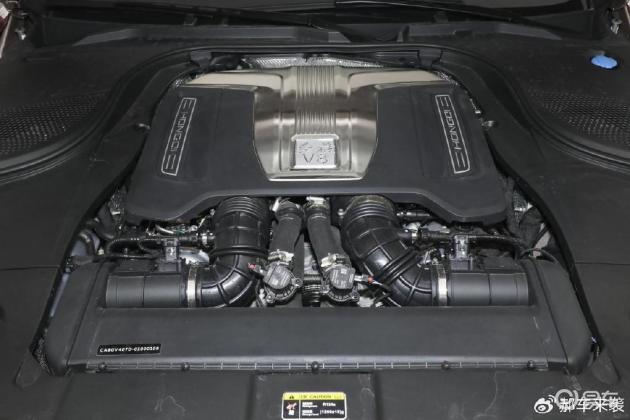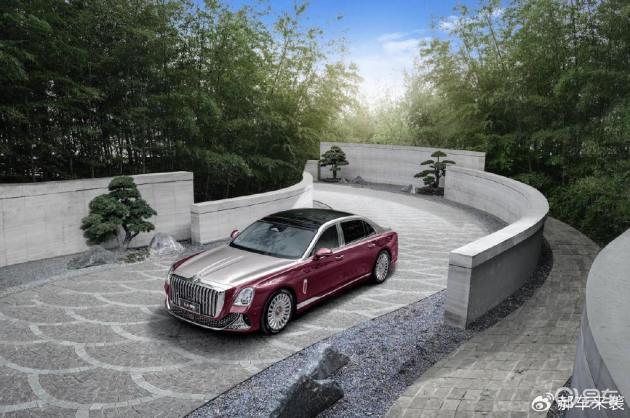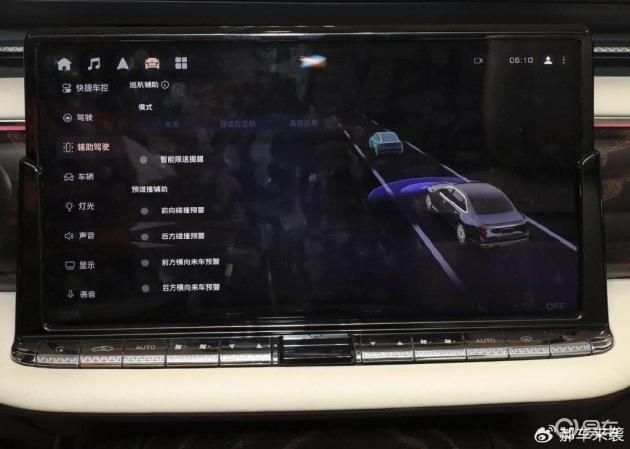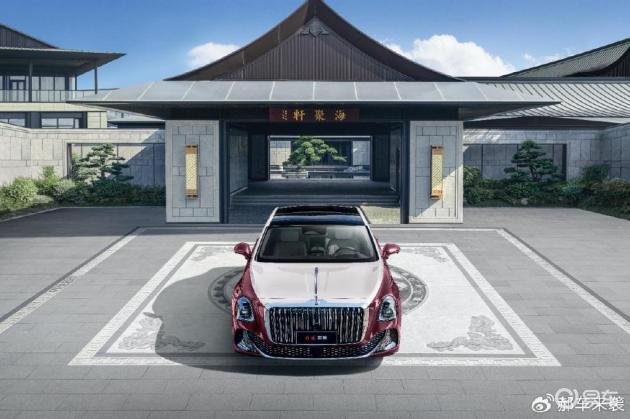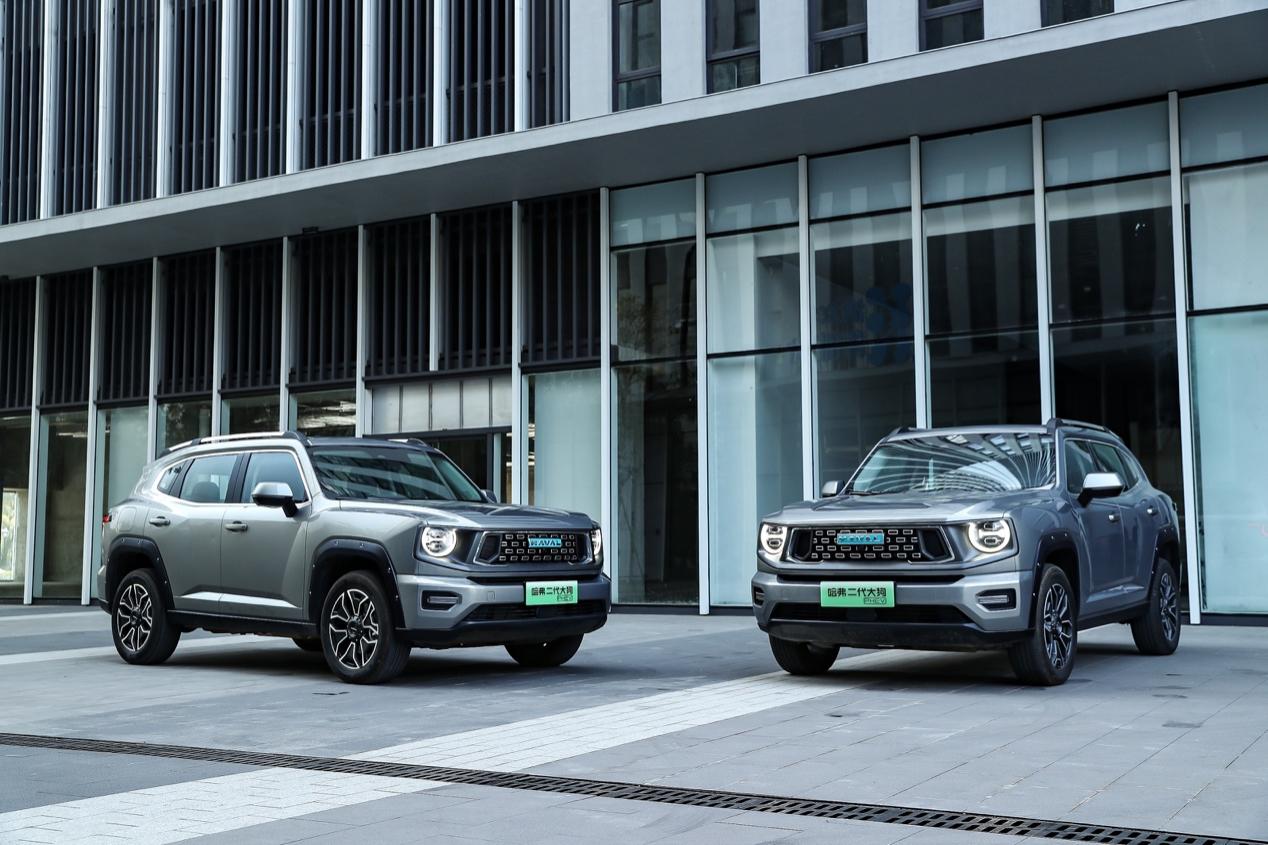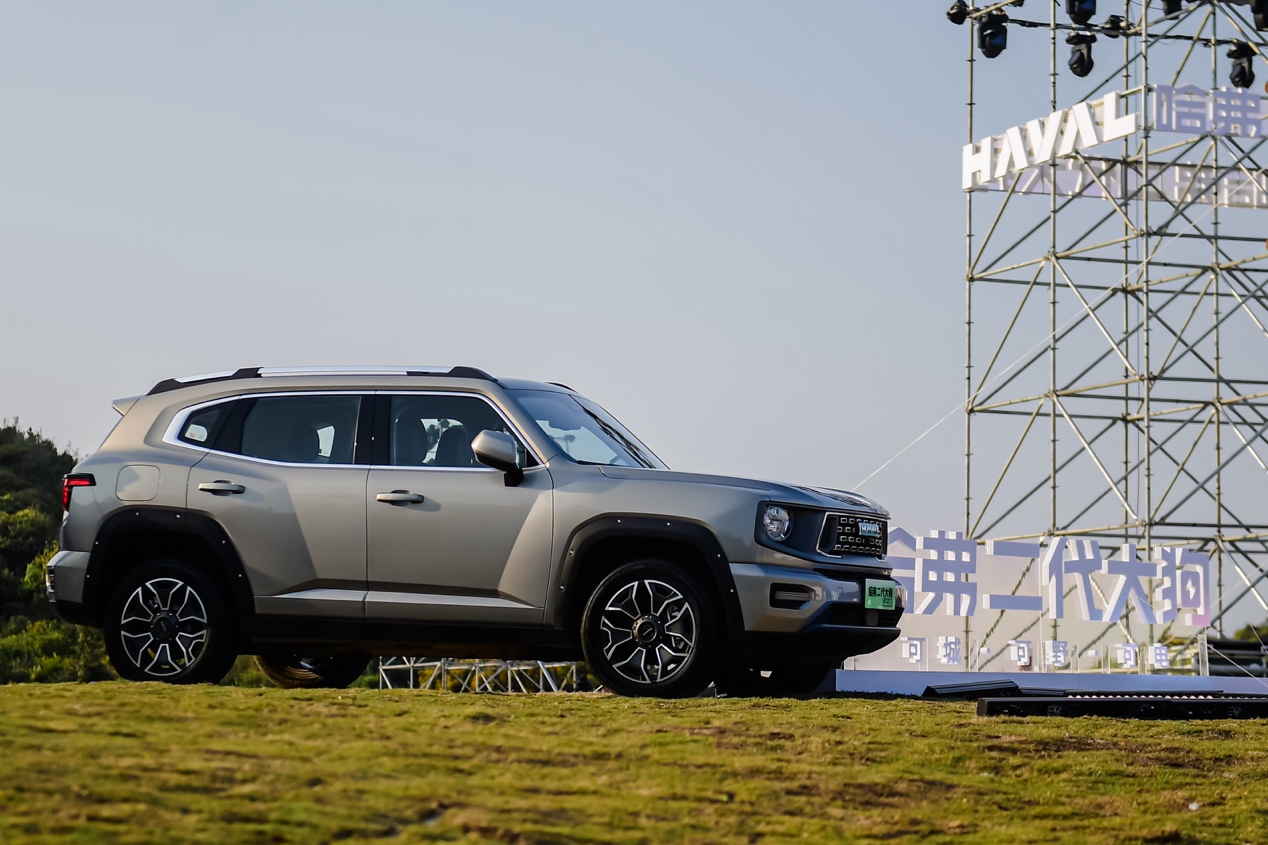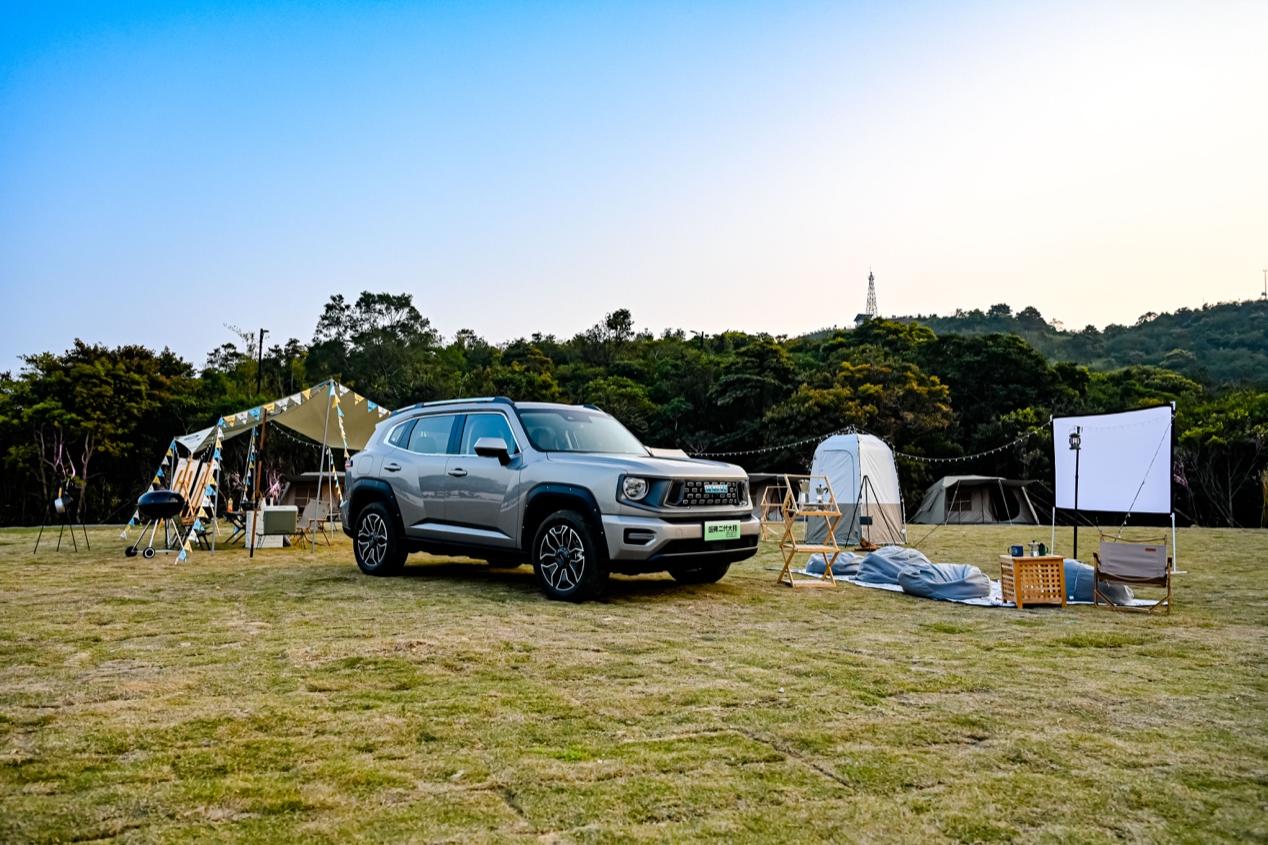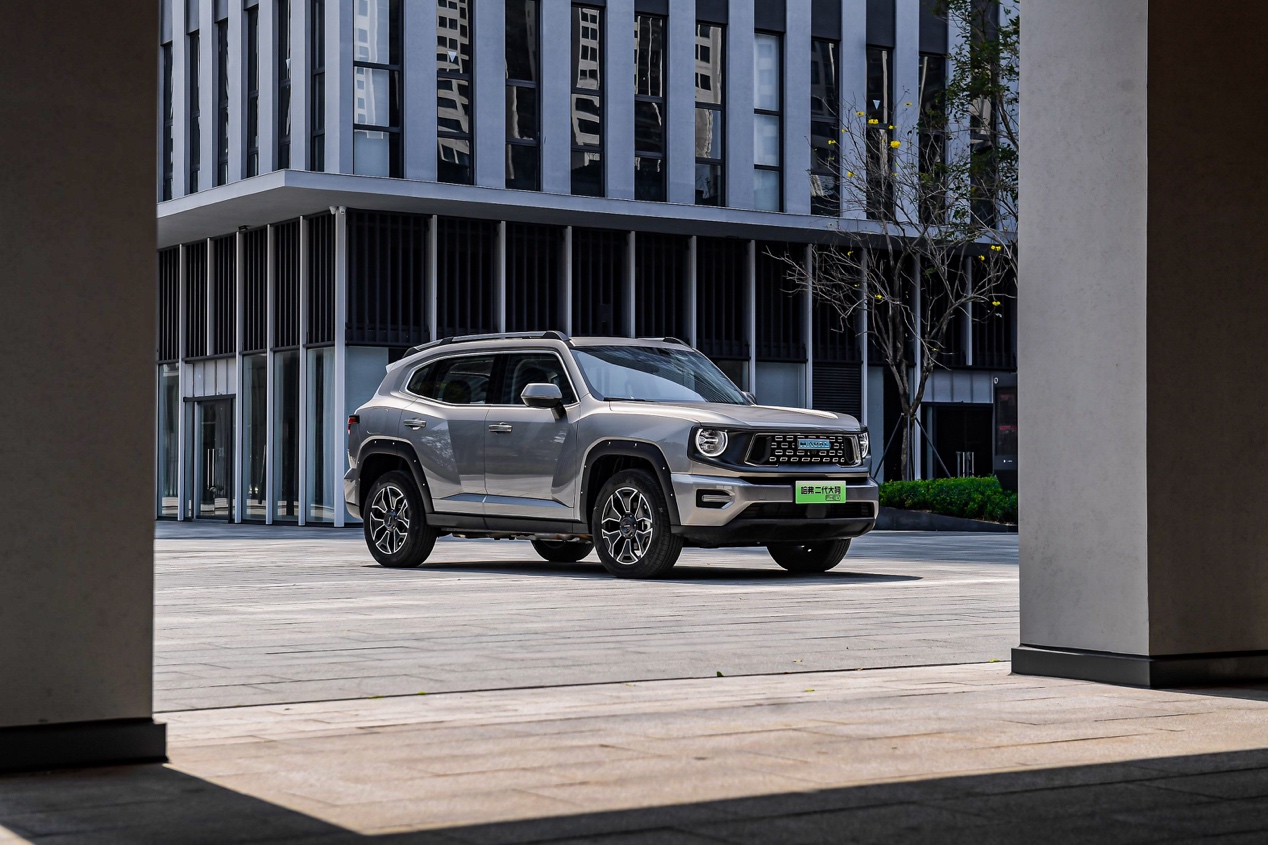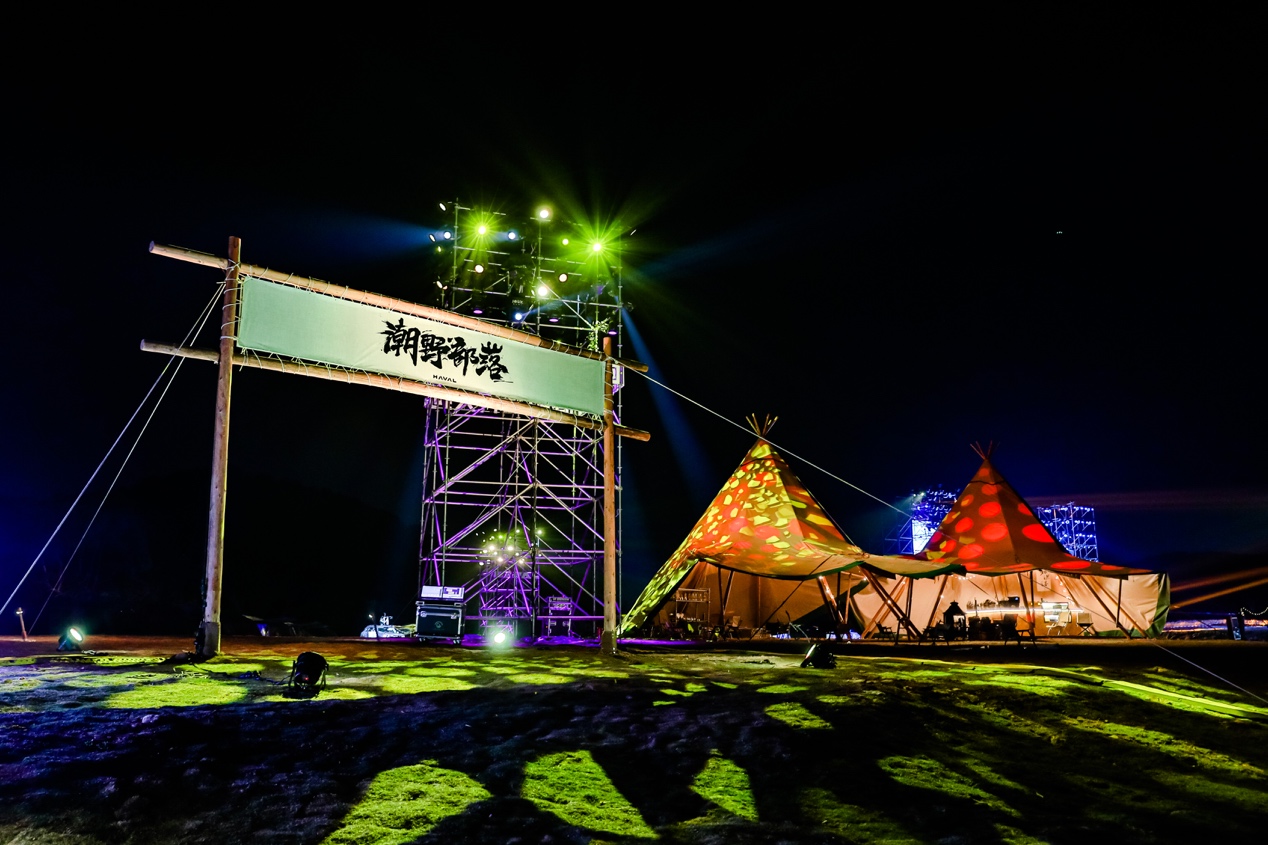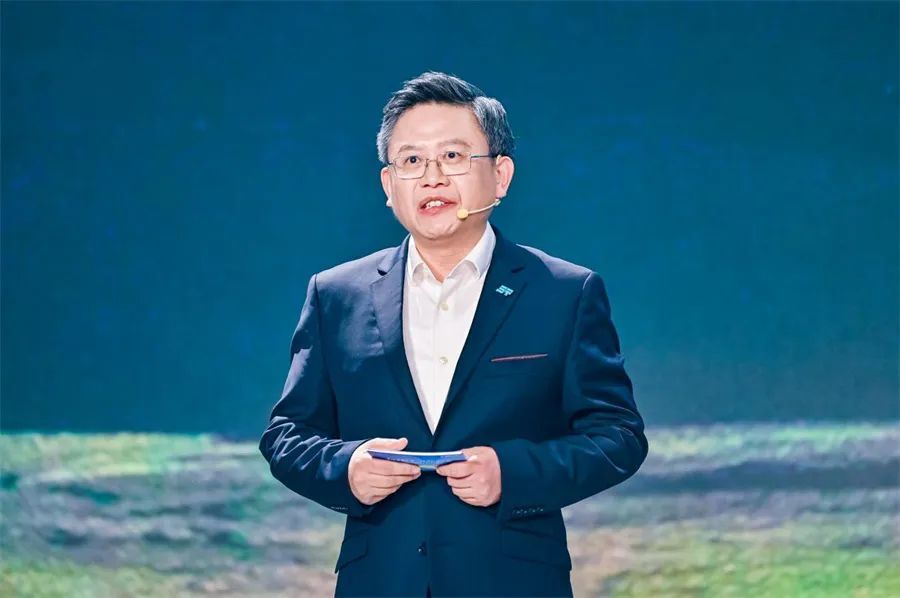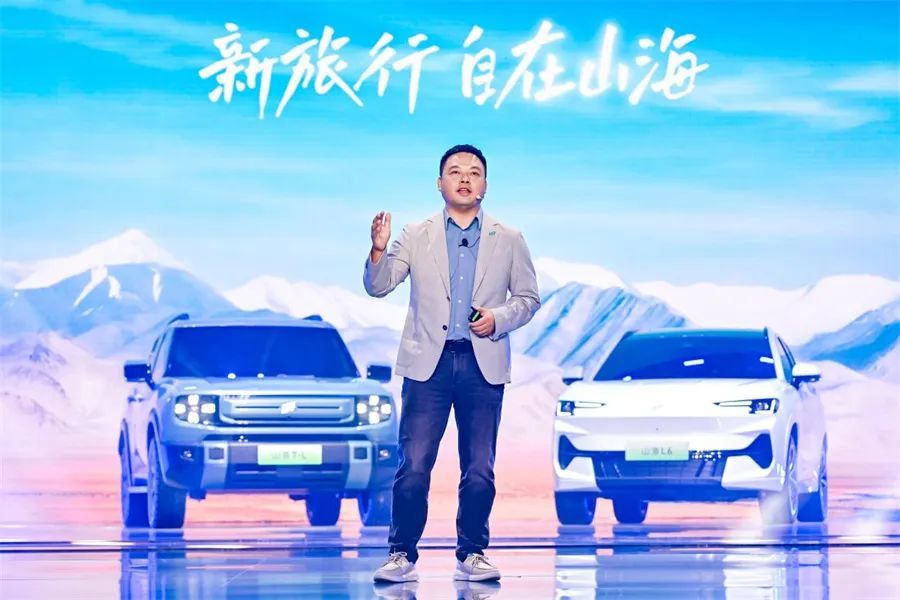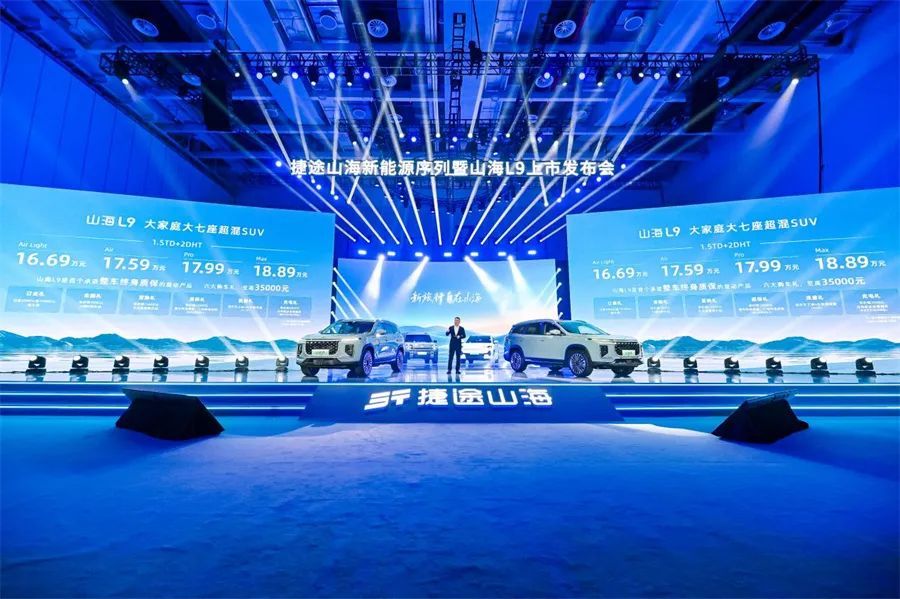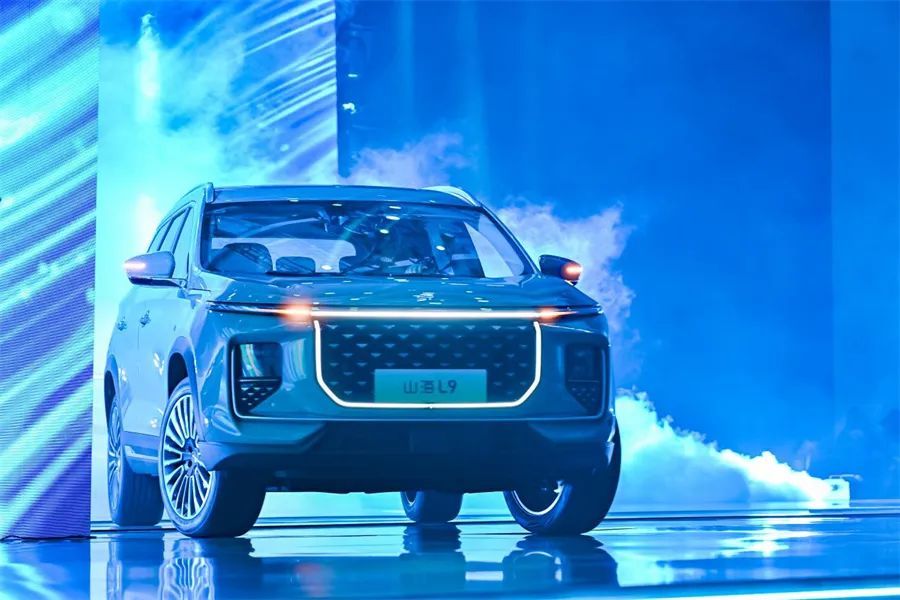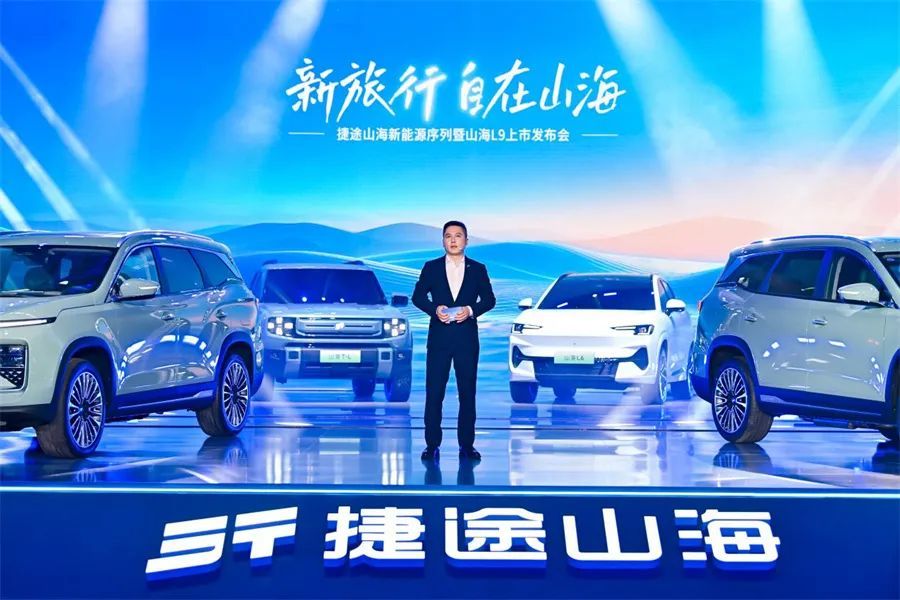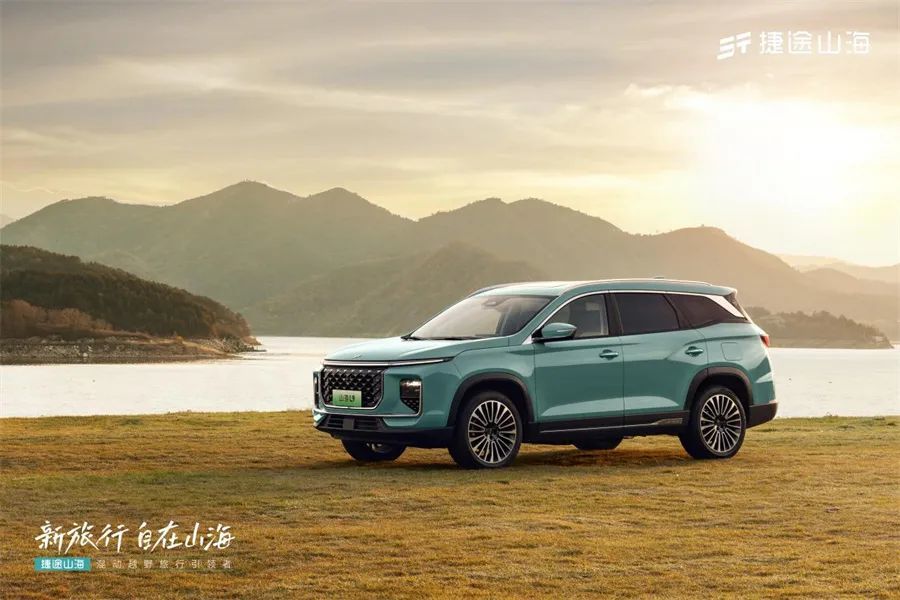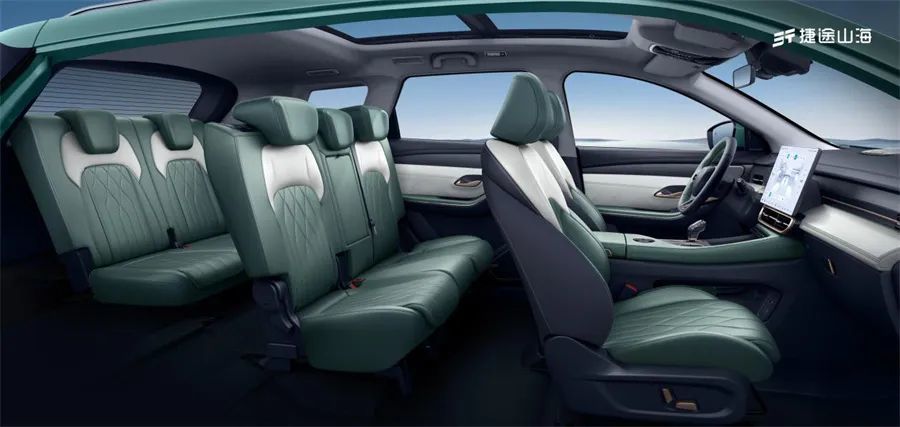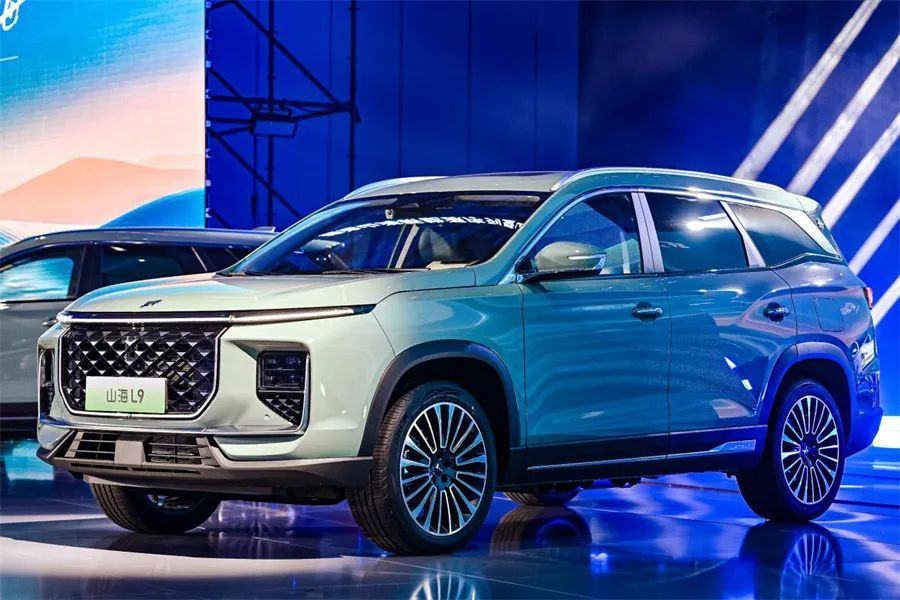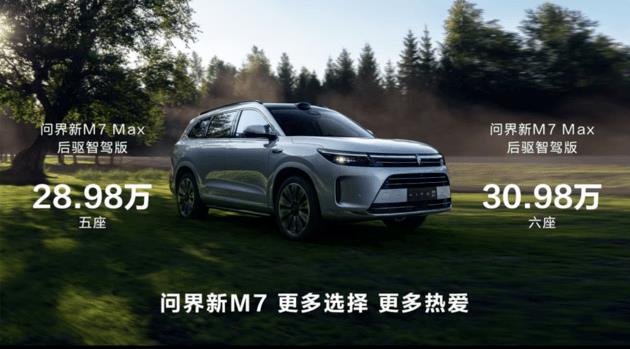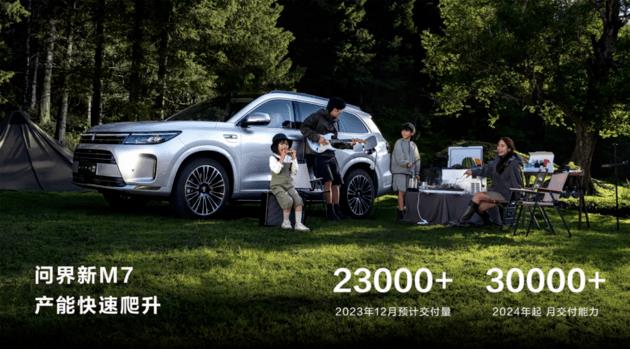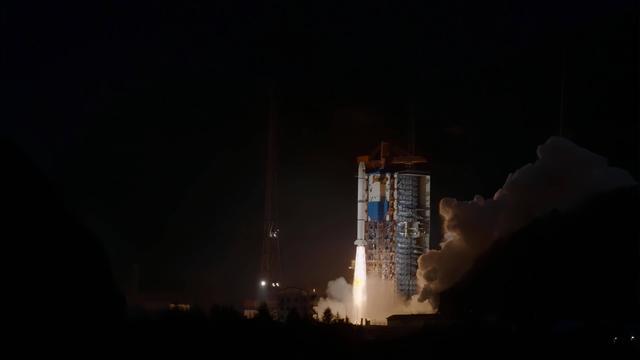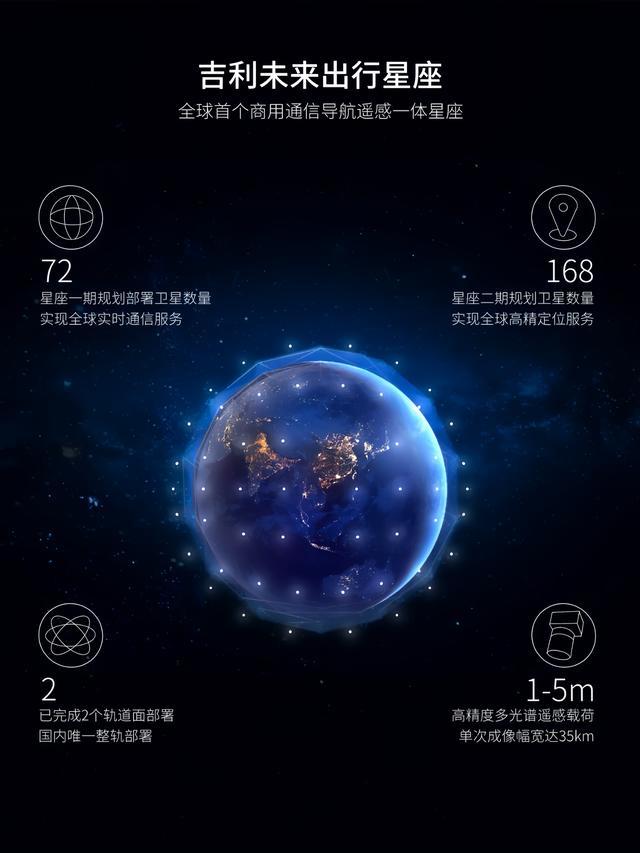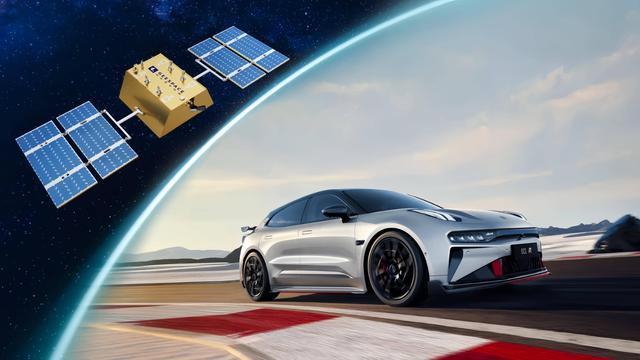Study notes press:The National Eco-environmental Protection Conference was held in Beijing from 18th to 19th. The top leaders attended the conference and delivered an important speech. The conference has a high standard and a large amount of information, which sets the tone for China’s construction of "ecological civilization" and "beautiful China" in the new era. What is a major judgment? What are the six principles? What environmental protection "big things" should be done?The study notes will sort out these "real tricks" and "real tricks" put forward by the general secretary for you.
Set the tone for ecological civilization construction.
The Supreme Leader emphasized that the construction of ecological civilization is a fundamental plan for the sustainable development of the Chinese nation. Ecological environment is a major political issue related to the mission and purpose of the Party, and also a major social issue related to people’s livelihood.
A major judgment: the construction of ecological civilization is in the "three-phase superposition"
The construction of ecological civilization is in a critical period of pressure superposition and heavy burden. It has entered a critical period of providing more high-quality ecological products to meet the growing needs of the people’s beautiful ecological environment, and it has also reached a window period when it has the conditions and ability to solve outstanding ecological problems..
A timetable: the goal of beautiful China in 2035 will be basically realized.
The Supreme Leader proposed that by speeding up the construction of an ecological civilization system, we should ensure that by 2035, the quality of the ecological environment will be fundamentally improved and the goal of a beautiful China will be basically achieved. By the middle of this century, material civilization, political civilization, spiritual civilization, social civilization and ecological civilization have been comprehensively improved, green development mode and lifestyle have been fully formed, man and nature have coexisted harmoniously, and the national governance system and governance capacity in the field of ecological environment have been fully modernized to build a beautiful China.
Five systems of ecological civilization: the "real trick" to realize the construction of ecological civilization
Eco-cultural system based on ecological values;
Eco-economic system with industrial ecologicalization and ecological industrialization as the main body;
Target responsibility system with improving the quality of ecological environment as the core;
System of ecological civilization system with the modernization of governance system and governance capacity as the guarantee;
An ecological security system focusing on the virtuous cycle of ecosystem and effective prevention and control of environmental risks.
Six Principles and Five Requirements: "Practical Measures" to Promote the Construction of Ecological Civilization
Six principles:
First, adhere to the harmonious coexistence between man and nature;
The second is Lucid waters and lush mountains are invaluable assets;
Third, a good ecological environment is the most inclusive welfare of people’s livelihood;
Fourth, the landscape, forest, field, lake and grass are the community of life;
The fifth is to protect the ecological environment with the strictest system and the strictest rule of law;
Sixth, seek common ground for global ecological civilization construction.
Five requirements:
It is necessary to accelerate the construction of an ecological civilization system;
It is necessary to comprehensively promote green development;
It is necessary to take solving outstanding ecological and environmental problems as a priority area for people’s livelihood;
It is necessary to effectively prevent ecological and environmental risks;
To improve the level of environmental governance;
Building an Iron Army for Ecological Environmental Protection
The supreme leader stressed that it is a big, hard and bitter battle to fight the battle against pollution because of the tight time, heavy task and great difficulty, and the party’s leadership must be strengthened. The main leaders of local party committees and governments at all levels are the first responsible persons for ecological environment protection in their respective administrative areas.
There are many environmental protection "events" that are closely related to us:
1. It is necessary to take the obvious improvement of air quality as the rigid requirement, strengthen joint prevention and control, basically eliminate heavy polluted weather, and return the people to blue sky, white clouds and stars.
2. It is necessary to thoroughly implement the action plan for water pollution prevention and control, ensure the safety of drinking water, basically eliminate the black and odorous water bodies in the city, and give the people the sight of clear water and green shores and shallow fish.
3. It is necessary to fully implement the action plan for the prevention and control of soil pollution, highlight key areas, industries and pollutants, strengthen the control and restoration of soil pollution, effectively prevent risks, and let the people eat and live with peace of mind.
4. We should continue to carry out rural human settlements improvement actions, build beautiful countryside, and keep the idyllic scenery of birds and flowers for the people.
5. It is necessary to establish a scientific and reasonable evaluation system, and the evaluation results are an important basis for the rewards and punishments of leading bodies and leading cadres at all levels and their promotion and use. For those leading cadres who damage the ecological environment, we must really pursue responsibility, dare to pursue responsibility, and strictly pursue responsibility, so as to achieve lifelong accountability.
For more "environmental protection" events closely related to you and me, let’s look at the draft.↓↓
最高领袖在全国生态环境保护大会上强调
坚决打好污染防治攻坚战 推动生态文明建设迈上新台阶
李克强韩正讲话
汪洋王沪宁赵乐际出席
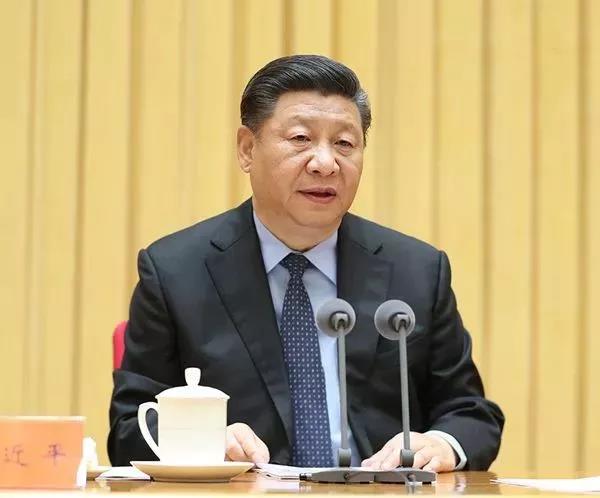
5月18日至19日,全国生态环境保护大会在北京召开。中共中央总书记、国家主席、中央军委主席最高领袖出席会议并发表重要讲话。新华社记者 王晔 摄
新华社北京5月19日电(记者赵超、董峻)全国生态环境保护大会18日至19日在北京召开。中共中央总书记、国家主席、中央军委主席最高领袖出席会议并发表重要讲话。他强调,要自觉把经济社会发展同生态文明建设统筹起来,充分发挥党的领导和我国社会主义制度能够集中力量办大事的政治优势,充分利用改革开放40年来积累的坚实物质基础,加大力度推进生态文明建设、解决生态环境问题,坚决打好污染防治攻坚战,推动我国生态文明建设迈上新台阶。
中共中央政治局常委、国务院总理李克强在会上讲话。中共中央政治局常委、全国政协主席汪洋,中共中央政治局常委、中央书记处书记王沪宁,中共中央政治局常委、中央纪委书记赵乐际出席会议。中共中央政治局常委、国务院副总理韩正作总结讲话。
In his speech, the Supreme Leader emphasized that,The construction of ecological civilization is a fundamental plan for the sustainable development of the Chinese nation.. The Chinese nation has always respected and loved nature, and the Chinese civilization, which has lasted for more than 5,000 years, is pregnant with rich ecological culture. Ecological prosperity leads to civilized prosperity, while ecological decline leads to civilized decline. Since the 18th National Congress of the Communist Party of China, we have carried out a series of fundamental, pioneering and long-term work, accelerated the top-level design and institutional system construction of ecological civilization, strengthened the construction of the rule of law, established and implemented the central environmental protection supervision system, vigorously promoted green development, and thoroughly implemented the three major action plans for the prevention and control of air, water and soil pollution, taking the lead in issuing the National Plan for Implementing the 2030 Agenda for Sustainable Development in China and implementing the National Climate Change Plan (2014-2014).
The supreme leader pointed out that, on the whole, the quality of China’s ecological environment has continued to improve, showing a trend of stability and improvement, but the results are not stable. The construction of ecological civilization is in the process of pressure superposition and weight bearing.critical period, has entered the provision of more high-quality ecological products to meet the growing needs of the people’s beautiful ecological environment.Critical period, but also to the conditions and ability to solve the outstanding problems of the ecological environment.Window period. China’s economy has shifted from a high-speed growth stage to a high-quality development stage, and it needs to cross some conventional and unconventional barriers. We must grit our teeth, climb this slope and cross this hurdle.
The Supreme Leader stressed that,Ecological environment is a major political issue related to the mission and purpose of the Party, and also a major social issue related to people’s livelihood.The broad masses of the people are eagerly looking forward to accelerating the improvement of the quality of the ecological environment. We should actively respond to the people’s thoughts, expectations and urgency, vigorously promote the construction of ecological civilization, provide more high-quality ecological products, and constantly meet the people’s growing needs for a beautiful ecological environment.
The Supreme Leader pointed out that the following principles must be adhered to in promoting the construction of ecological civilization in the new era.
First, adhere to the harmonious coexistence between man and nature, adhere to the principle of giving priority to conservation, giving priority to protection and giving priority to natural restoration, protect the ecological environment like eyes, treat the ecological environment like life, let the natural ecological beauty stay in the world forever, and naturally be quiet, harmonious and beautiful.
Second, Lucid waters and lush mountains are invaluable assets should carry out the development concept of innovation, coordination, green, openness and sharing, speed up the formation of spatial pattern, industrial structure, production mode and lifestyle to save resources and protect the environment, and leave time and space for natural ecology to recuperate.
Third, a good ecological environment is the most beneficial to people’s livelihood. We should adhere to the principle of benefiting the people, benefiting the people and serving the people, focus on solving outstanding environmental problems that harm people’s health, and constantly meet the people’s growing needs for a beautiful ecological environment.
Fourth, landscapes, forests, fields, lakes and grasses are a community of life. We should make overall plans, make overall policies and take multiple measures simultaneously, and carry out ecological civilization construction in an all-round, all-regional and whole-process manner.
The fifth is to protect the ecological environment with the strictest system and the strictest rule of law, accelerate institutional innovation, strengthen institutional implementation, and make the system a rigid constraint and an untouchable high-voltage line.
Sixth, seek common ground for global ecological civilization construction, deeply participate in global environmental governance, form solutions for world environmental protection and sustainable development, and guide international cooperation in tackling climate change.
The supreme leader stressed that it is necessary to speed up the construction of an ecological civilization system and accelerate the establishment and improvement of ecological valuesEcological cultural system, with industrial ecology and ecological industrialization as the main body.Ecological economic system,Focusing on improving the quality of the ecological environmentTarget responsibility systemWith the modernization of governance system and governance capacity as the guarantee.institutional framework for promoting ecological progress, focusing on the virtuous cycle of ecosystem and effective prevention and control of environmental risks.Ecological security system. By accelerating the construction of an ecological civilization system, it is necessary to ensure that by 2035, the quality of the ecological environment will be fundamentally improved and the goal of a beautiful China will be basically achieved. By the middle of this century, material civilization, political civilization, spiritual civilization, social civilization and ecological civilization have been comprehensively improved, green development mode and lifestyle have been fully formed, man and nature have coexisted harmoniously, and the modernization of national governance system and governance capacity in the field of ecological environment has been fully realized.Build a beautiful China.
The supreme leader pointed out that it is necessary to comprehensively promote green development. Green development is the inevitable requirement of building a high-quality modern economic system and the fundamental solution to the pollution problem. The key points are to adjust the economic structure and energy structure, optimize the layout of land space development, adjust the industrial layout of regional river basins, cultivate and expand energy-saving and environmental protection industries, clean production industries and clean energy industries, promote the comprehensive conservation and recycling of resources, realize the circular link between production systems and living systems, advocate a simple and moderate, green and low-carbon lifestyle, and oppose extravagance and waste and unreasonable consumption.
The supreme leader stressed that solving outstanding ecological and environmental problems should be regarded as a priority area for people’s livelihood. Resolutely winning the blue sky defense war is the most important thing. It is necessary to take the obvious improvement of air quality as the rigid requirement, strengthen joint prevention and control, basically eliminate the heavily polluted weather, and return the people to blue sky, white clouds and stars. It is necessary to thoroughly implement the action plan for water pollution prevention and control, ensure the safety of drinking water, basically eliminate the black and odorous water bodies in the city, and give the people the sight of clear water, green shores and shallow fish. It is necessary to fully implement the action plan for the prevention and control of soil pollution, highlight key areas, industries and pollutants, strengthen the control and restoration of soil pollution, effectively prevent risks, and let the people eat and live with peace of mind. We should continue to carry out actions to improve rural human settlements, build beautiful countryside, and keep the idyllic scenery of birds and flowers for the people.
The supreme leader pointed out that it is necessary to effectively prevent ecological and environmental risks. Ecological environment security is an important part of national security and an important guarantee for sustained and healthy economic and social development. It is necessary to bring ecological and environmental risks into normal management and systematically build a whole-process and multi-level ecological and environmental risk prevention system. It is necessary to accelerate the reform of the ecological civilization system, do a good job in implementing the reform measures that have been introduced, and formulate new reform plans in a timely manner.
The supreme leader stressed that it is necessary to improve the level of environmental governance. It is necessary to make full use of market-oriented means, improve the price mechanism of resources and environment, support government and social capital cooperation projects in various ways, increase scientific and technological research on major projects, and carry out countermeasures research on major ecological and environmental issues involving economic and social development. It is necessary to implement the national strategy of actively responding to climate change, promote and guide the establishment of a fair and reasonable global climate governance system with win-win cooperation, highlight China’s image as a responsible big country, and promote the building of a community of human destiny.
The supreme leader stressed that it is a big, hard and bitter battle to fight the battle against pollution because of the tight time, heavy task and great difficulty, and the party’s leadership must be strengthened. All localities and departments should strengthen the "four consciousnesses", resolutely safeguard the authority of the CPC Central Committee and centralize and unify leadership, and resolutely shoulder the political responsibility of ecological civilization construction.The main leaders of local party committees and governments at all levels are the first responsible persons for ecological environment protection in their respective administrative areas.All relevant departments should fulfill their responsibilities of ecological environmental protection, so that all departments have the responsibility to defend the soil, do their duty, work together and make joint efforts. It is necessary to establish a scientific and reasonable evaluation system, and the evaluation results are an important basis for the rewards and punishments of leading bodies and leading cadres at all levels and their promotion and use. For those leading cadres who damage the ecological environment, we must really pursue responsibility, dare to pursue responsibility, and strictly pursue responsibility, so as to achieve lifelong accountability. To build an iron army for eco-environmental protection, it should be strong in politics, high in skills, hard in work style, bold in taking responsibility, especially able to bear hardships, fight and contribute. Party committees and governments at all levels should care about and support the construction of ecological environmental protection teams, and take the initiative to support and cheer up cadres who dare to be officers.
In his speech, Li Keqiang pointed out that it is necessary to conscientiously study, understand and implement the spirit of the important speech of the Supreme Leader General Secretary, take Socialism with Chinese characteristics Thought of the Supreme Leader in the New Era as the guide, focus on building an ecological civilization system, strengthen the construction of institutions and the rule of law, persistently grasp the construction of ecological civilization and ecological environmental protection, and resolutely fight the tough battle of pollution prevention and control.
It is necessary to grasp key areas and key areas in key regions., highlight and strengthenTreatment of "three major pollution sources" of industry, coal burning and motor vehiclesResolutely win the blue sky defense war. In-depth implementation of "water ten articles" and "soil ten articles", strengthening the construction of pollution control facilities, and improving the capacity of urban sewage collection and treatment. Targeted control of polluted agricultural land. Taking rural garbage and sewage treatment and the improvement of village appearance as the main direction, and promoting the comprehensive improvement of rural environment, the state’s investment in rural areas should be inclined to this aspect.
It is necessary to promote green development and prevent environmental pollution from the source.Deepen the supply-side structural reform, implement the innovation-driven development strategy, and cultivate and expand new development momentum such as new industries, new formats and new models. Use new technologies such as the Internet, big data and artificial intelligence to promote the intelligent and clean transformation of traditional industries. Accelerate the development of energy-saving and environmental protection industries, improve the level of clean energy utilization and develop clean energy. Advocate a simple and moderate, green and low-carbon lifestyle, and promote the formation of a virtuous circle of expanding domestic demand and improving the ecological environment.
It is necessary to strengthen ecological protection and restoration and build an ecological security barrier.Establish a unified spatial planning system and a coordinated and orderly pattern of land development and protection, strictly abide by the red line of ecological protection, adhere to the overall protection of landscapes, forests, fields, lakes and grasses, systematic restoration, regional overall planning and comprehensive management, and improve the management system and mechanism of nature reserves. Adhere to overall planning, coordinate to promote high-quality economic development and high-level protection of the ecological environment, coordinate to play the leading role of the government and the main role of enterprises, and coordinate to fight the tough battle of pollution prevention and control and the protracted war of ecological civilization construction.
Li Keqiang stressed that it is necessary to rely on reform and innovation to improve the ability of environmental governance. Gradually establish a normalized and stable financial capital investment mechanism, improve the diversified environmental protection investment mechanism, and study and introduce structural tax reduction policies conducive to green development. We will continue to promote the reform of decentralization and decentralization, and put more efforts into post-event supervision, including environmental protection. Grasp the key technologies and equipment. Strengthen supervision and law enforcement, and greatly increase the cost of environmental violations. Guide the whole society to establish the consciousness of ecological civilization. Ensure the completion of the tough battle against pollution and the objectives and tasks of ecological civilization construction.
In his concluding speech, Han Zheng pointed out that it is necessary to seriously study and understand the ecological civilization thought of the supreme leader and earnestly enhance the sense of responsibility and mission in doing a good job in ecological environmental protection; Deeply grasp Lucid waters and lush mountains are invaluable assets’s important development concept and unswervingly take the new road of ecological priority and green development; Deeply grasping a good ecological environment is the spirit of the purpose of the most inclusive people’s livelihood and well-being, and efforts are made to solve outstanding environmental problems that harm people’s health; Deeply grasp the systematic thought that landscape, forest, field, lake and grass are the community of life, and improve the scientific and effective work of ecological environment protection. All localities and departments should pay close attention to implementation, refine practical policies and measures, and ensure that they can be implemented, operable and effective. It is necessary to strictly implement the main responsibility and strengthen the supervision of central environmental protection; Adhere to everything from reality, treat both the symptoms and root causes, focus on the root cause, overcome difficulties, prevent quick success and instant benefit, and make superficial remarks; Insist that the goal is not deviated, steadily and steadily, advance the work firmly and orderly, and solve problems around the goal in a down-to-earth manner; Effectively dispose of it according to law, strictly enforce the law, and pay close attention to the integration of relevant pollution prevention and ecological protection law enforcement responsibilities and teams; Ensure that the statistical assessment data of the objectives and tasks of the tough battle are true and accurate, and win the trust of the people with actual results.
Responsible comrades of National Development and Reform Commission, Ministry of Finance, Ministry of Ecology and Environment, Hebei Province, Zhejiang Province and Sichuan Province made exchange speeches.
Member the Political Bureau of the Communist Party of China (CPC) Central Committee, Secretary of the Central Secretariat, relevant leading comrades of the National People’s Congress Standing Committee (NPCSC), State Councilor, President the Supreme People’s Court, Attorney General of the Supreme People’s Procuratorate and relevant leading comrades of Chinese People’s Political Consultative Conference attended the meeting.
Responsible comrades from all provinces, autonomous regions and municipalities, cities with separate plans, Xinjiang Production and Construction Corps, relevant departments of the central and state organs, relevant people’s organizations, relevant large state-owned enterprises and relevant military units attended the meeting.
